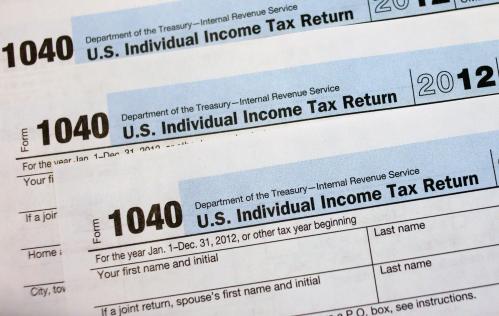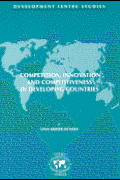Introduction
Small businesses occupy an iconic place in American public policy debates. Numerous and diverse public policies subsidize small businesses, and political leaders of both parties routinely voice their support for the sector. At least part of this support is based on the notion that a healthy small business sector leads to innovation, jobs, and a healthy overall economy.
Not surprisingly, however, the economic issues surrounding small businesses and innovation are more complex and nuanced than any iconic designation would suggest. At the core of these issues are the questions of whether and how public policies should subsidize small businesses. On the one hand, economic theory prescribes that well-designed tax and spending programs, in the absence of externalities or public goods, should be neutral among types of investments and forms of business organization, leaving a free market to allocate resources efficiently between small versus large business. On the other hand, small business owners may face special barriers to entry or to firm expansion and many people assert that the small business sector is our principal engine of jobs, growth, and innovation. Either or both of these situations might justify preferential treatment for the small business sector. Recent proposals by Representative Dave Camp (R-MI), the chair of the House Ways and Means Committee, address a number of issues regarding the tax treatment of partnerships and S corporations.[1]
Against this backdrop, this paper aims to provide a clearer understanding of how the federal tax code affects small business. In section II, we provide background information on the small business sector, including alternative definitions of small businesses, the tax and income characteristics of small business owners, and the allocation of small businesses across different legal forms of business.
In section III, we examine evidence suggesting that being small, in and of itself, does not confer a special advantage to businesses in job creation or innovation. Rather it is in young firms, which by definition start as small businesses, where job growth and innovation tend to occur. Focusing on young and innovative firms likely implies a different focus for policy interventions than focusing on small businesses per se.
Section IV describes various tax policies and other public programs that are aimed at helping small businesses. We document the panoply of existing tax incentives and the significant credit and lending programs that encourage small businesses to hire, expand, and innovate. At the same time, we note that when pro-small business subsidies or policies are phased out as firm size expands, they may unintentionally discourage businesses from expanding because expansion will lead to loss of those subsidies.
Section V analyzes the existing literature on the impact of tax policies on small business behavior, including entry, exit, duration of entrepreneurial firms; the impact on employment, investment, and firm growth; the effect on research and experimentation spending, which presumably leads to innovations; the effect on organizational form; and the effects of taxes on the financing of new ventures. Section VI offers concluding remarks.
[1]See http://waysandmeans.house.gov/uploadedfiles/small_biz_summary_description_03_12_13_final.pdf.










